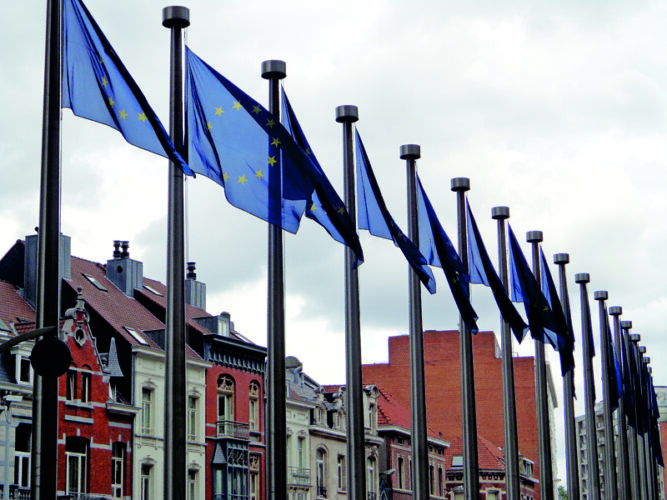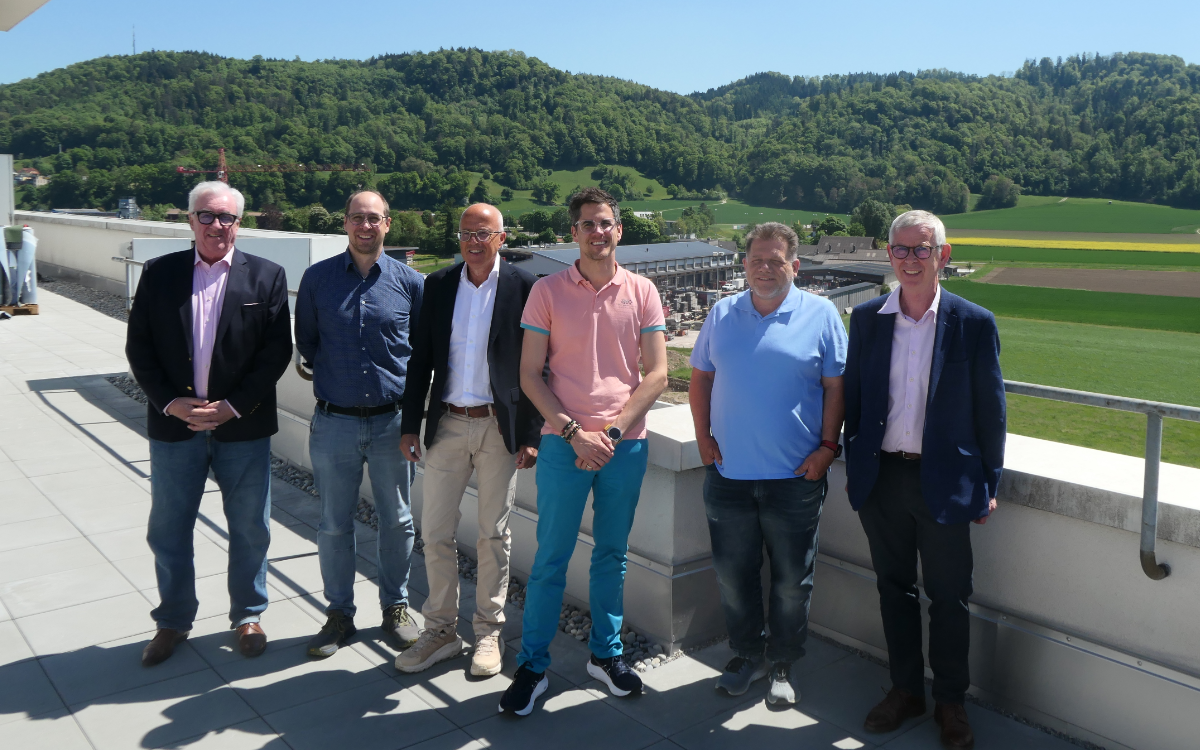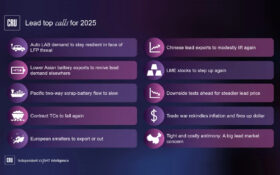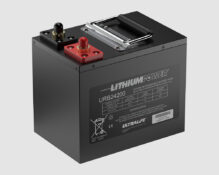The 'powers that be' in Brussels are once again picking on lead with new regulations that will add no benefit to people or the environment. Ruth Williams reports on what this could mean for the industry in Europe.
Lead has been in the global headlines for all the wrong reasons in China over the past year. Hitherto loose regulations surrounding the use and manufacturing of lead has seen many cases of lead poisoning and harmful environmental impact. China has now tightened up on manufacturers, following a nation-wide shut down of production, and has laid down new . . .
to continue reading this article...
Sign up to any Premium subscription to continue reading
To read this article, and get access to all the Premium content on bestmag.co.uk, sign up for a Premium subscription.
view subscription optionsAlready Subscribed? Log In












